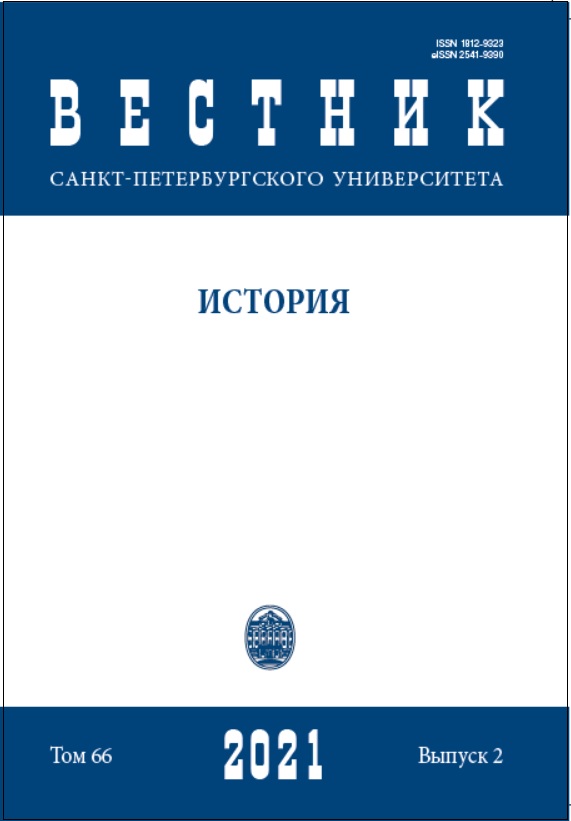Материальное положение чинов Отдельного корпуса жандармов
DOI:
https://doi.org/10.21638/spbu02.2021.204Аннотация
Статья посвящена изучению уровня материального благосостояния чинов Корпуса жандармов и динамики его изменения в пореформенный и позднеимперский периоды. Сравнительному анализу были подвергнуты несколько категорий служащих, в ходе которого были выявлены различия в степени их финансового положения. Установлено около полутора десятков основных и дополнительных видов довольствия, полагавшихся жандармам из казны. В абсолютных цифрах в рассматриваемый период времени наблюдался рост их денежного содержания, что позволяло жандармам чувствовать себя на порядок достойнее относительно других социопрофессиональных групп. Косвенно этот тезис подтверждает неразвитость среди жандармов взяточничества. Вместе с тем, наблюдается обеднение личного состава жандармерии, поскольку иными источниками доходов, кроме как связанными со служебной деятельностью, они не располагали. Это делало их весьма уязвимыми, что привело к активизации мер социальной поддержки. Характерной чертой материального обеспечения жандармских служащих в рассматриваемый период был резкий разрыв в размере денежного содержания между офицерами и нижними чинами. Генеральский и офицерский состав, несмотря на отдельные издержки, относился к сегменту обеспеченных людей. Нижние чины, как правило, обременённые многочисленными семьями, напротив, непрерывно испытывали материальную нужду, в свете чего их уровень благосостояния следует признать низким. Из-за этого многие из них, будучи не в состоянии обеспечить свои семьи, вынужденно покидали ряды ОКЖ и изыскивали средства к пропитанию в иных сферах. Отчасти поправить затруднительное положение позволяли такие дополнительные источники дохода, как сдача недвижимости в аренду, ведение подсобного хозяйства и случайные заработки в ходе служебной деятельности. Однако, подобные источники были доступны далеко не всем. Тем не менее, благодаря более частым случаям увеличения жалованья и регулярной социальной поддержке со стороны государства в начале XX в., жандарм и занимаемое им положение в системе власти стали предметом зависти для их ближайших коллег из других ведомств.
Ключевые слова:
жандарм, довольствие, материальное положение, уровень благосостояния, Российская империя
Скачивания
Загрузки
Опубликован
Как цитировать
Выпуск
Раздел
Лицензия
Статьи журнала «Вестник Санкт-Петербургского университета. История» находятся в открытом доступе и распространяются в соответствии с условиями Лицензионного Договора с Санкт-Петербургским государственным университетом, который бесплатно предоставляет авторам неограниченное распространение и самостоятельное архивирование.





